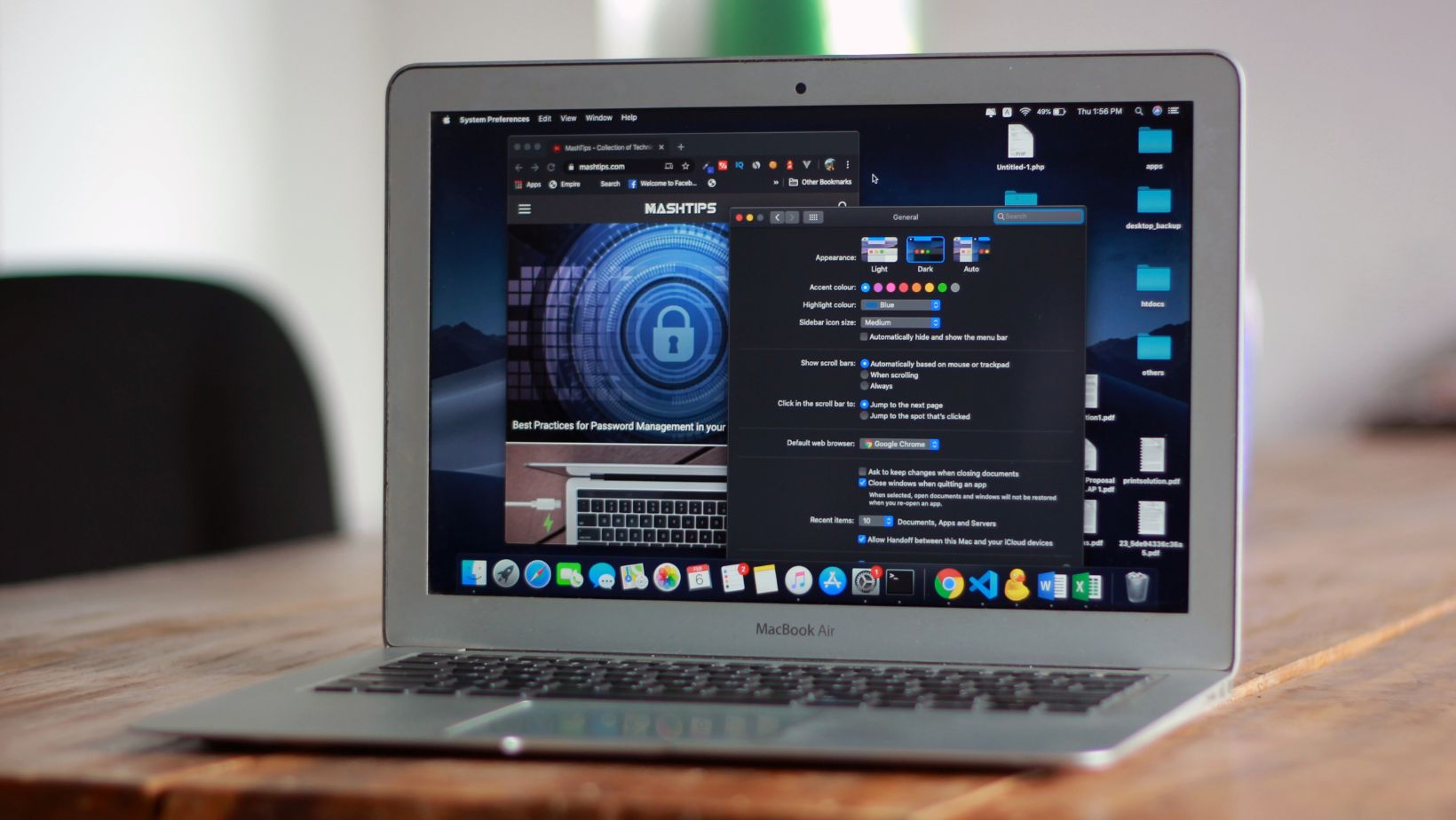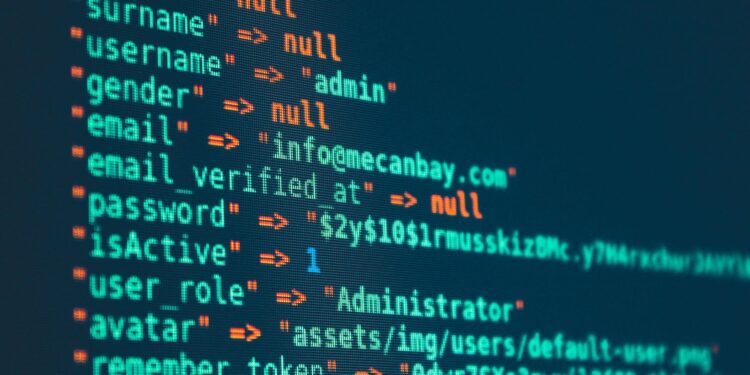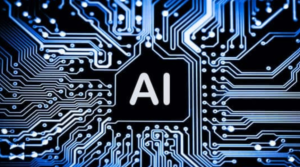In today’s digital world, your personal computer is more than just a machine—it’s the gateway to your financial information, work files, and even personal memories stored in photos and documents. Unfortunately, cybercriminals know this, and they often target home systems because they can be less protected than business networks. Strengthening home computer security starts with understanding the most common threats that could compromise it.
1. Malware and Viruses
Malware, short for malicious software, is one of the most prevalent threats to home computers. It includes viruses, worms, spyware, and trojans designed to steal, corrupt, or lock data. Viruses often spread through infected email attachments, while spyware secretly monitors your activity. Ransomware, a specific type of malware, can lock your files and demand payment to restore them. The risk of malware highlights the importance of keeping your antivirus software updated and avoiding downloads from untrustworthy websites.
2. Phishing Attacks
Phishing remains a major threat to home computer security because it relies on deception rather than technical weakness. Cybercriminals send fraudulent emails, text messages, or pop-ups that mimic trusted organizations, such as banks or service providers. These messages trick users into revealing sensitive information like login credentials, Social Security numbers, or credit card details. Some phishing schemes also contain links that lead to fake websites designed to capture data. The best defense is learning to spot suspicious emails, avoiding unsolicited links, and enabling multi-factor authentication where possible.
3. Unsecured Wi-Fi Networks
Your home Wi-Fi network can be a vulnerable entry point if not properly secured. Hackers often exploit weak or default passwords to gain access to connected devices. Once inside the network, they may intercept data transmissions or install malicious software. Using a strong, unique Wi-Fi password and enabling WPA3 encryption can significantly enhance your home computer security. It’s also wise to update your router firmware regularly and consider hiding your network’s SSID from public view.
4. Outdated Software and Operating Systems
Many people delay installing updates because they seem inconvenient or time-consuming. However, outdated software creates serious security risks. Hackers often exploit known vulnerabilities in old versions of operating systems, browsers, and applications. These weaknesses give attackers a direct path to your personal data. Regularly updating your system and enabling automatic updates ensures your devices are equipped with the latest security patches.
5. Weak or Reused Passwords
One of the simplest ways attackers compromise systems is through weak or reused passwords. If you use the same password across multiple accounts, a breach in one platform can expose all your accounts. Simple or guessable passwords also make brute-force attacks easier.

To improve home computer security, create strong, unique passwords for each account, ideally managed through a secure password manager. Adding multi-factor authentication further reduces the risk of unauthorized access.
6. Social Engineering Attacks
Unlike malware or phishing, social engineering relies heavily on psychological manipulation. Scammers might impersonate technical support agents or government officials to trick you into granting access to your computer. Once inside, they can install malicious tools or steal sensitive files. Staying cautious, verifying identities, and never allowing remote access unless absolutely necessary are key to preventing these types of attacks.
7. Removable Media Threats
USB drives and external hard drives are convenient, but they can also spread malware. Cybercriminals sometimes plant infected files on removable media, hoping unsuspecting users will plug them into their systems. To reduce risk, only use trusted storage devices, scan them with antivirus software, and disable auto-run features that launch files automatically.
Conclusion
Home computer security is not something to take lightly. With cyber threats becoming more advanced every day, protecting your personal devices requires both awareness and proactive measures. From phishing emails to unsecured Wi-Fi networks, the risks are real—but preventable. By using strong passwords, keeping your system updated, and staying alert to suspicious activity, you can safeguard your data and enjoy a safer online experience at home.


























































